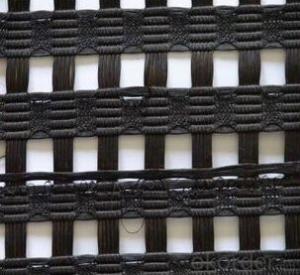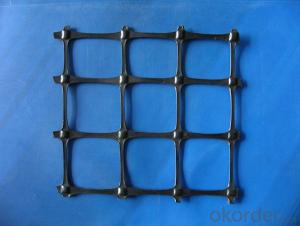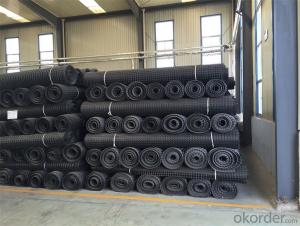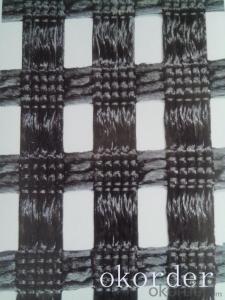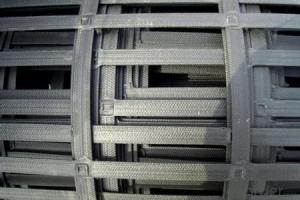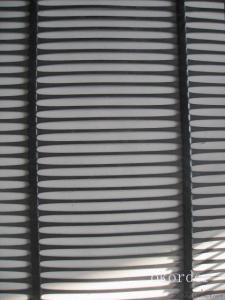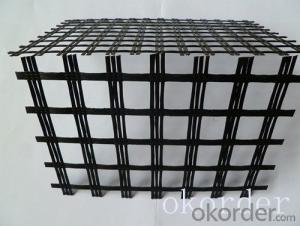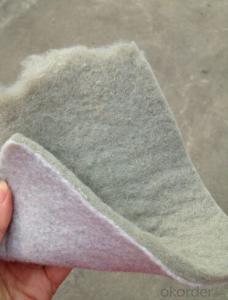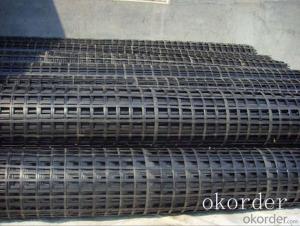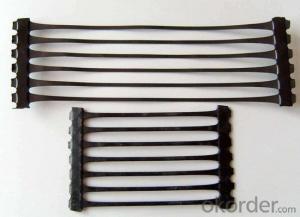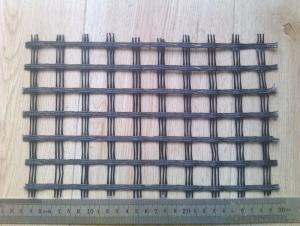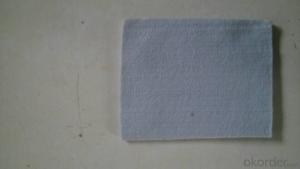All Categories
- - Steel Wire Rod
- - Steel Coils
- - Steel Profiles
- - Steel Pipes
- - Stainless Steel
- - Tinplate
- - Special Steel
- - Steel Sheets
- - Steel Rebars
- - Steel Strips
- - Hot Rolled Steel
- - Cold Rolled Steel
- - Pre-painted Steel
- - Seamless Steel Pipe
- - Welded Steel Pipe
- - Hollow Steel Tubes
- - Galvanized Pipe
- - Stainless Steel Coil
- - Stainless Steel Sheet
- - Stainless Steel Plate
- - Stainless Steel Strips
- - Electrolytic Tinplate Coil
- - Electrolytic Tinplate Sheet
- - Stainless Steel Rebars
- - Solar Panels
- - Solar Water Heater
- - Solar Related Products
- - Solar Inverter
- - Solar Cells
- - Solar Light
- - Solar Energy Systems
- - Solar Controllers
- - Solar Mounting System
- - Solar Pump
- - Solar Chargers
- - Fiberglass Chopped Strand
- - Fiberglass Mesh Cloth
- - Composite Pipes
- - FRP Pultrusion Profiles
- - Fiberglass Mat Tissue
- - Fiberglass Fabrics
- - Fiberglass Mesh
- - Composite Tank
- - Fiberglass Mesh tape
- - Polymer
- - FRP Roofing Panel
- - Fiberglass Roving
- - Monolithic Refractories
- - Ceramic Fiber Products
- - Refractory Bricks
- - Raw Materials For Refractory
- - Suspended Platform
- - Cranes
- - Concrete Machinery
- - Earthmoving Machinery
- - Building Hoist
- - Road Building Machinery
- - Plastic Pipe Fittings
- - Plastic Tubes
- - Plastic Sheets
- - Agricultural Plastic Products
- - Plastic Nets
 All Categories
All Categories
Q & A
How are geogrids integrated into the reinforcement of load transfer platforms at container terminals and ports?
Geogrids are commonly integrated into the reinforcement of load transfer platforms at container terminals and ports by placing them between layers of soil or aggregate materials. These geogrids provide additional strength and stability to the load transfer platforms, allowing them to better withstand heavy loads and traffic. The geogrids help distribute the load more evenly across the platform, reducing the risk of settlement or failure. Additionally, they improve the overall performance and longevity of the load transfer platforms, ensuring the safe and efficient operation of container terminals and ports.
How do geogrids assist with the stabilization of sand dunes in coastal areas?
Geogrids assist with the stabilization of sand dunes in coastal areas by providing structural support and preventing erosion. These synthetic materials are placed horizontally or vertically within the sand to create a reinforced grid-like structure. This helps to distribute the weight of the sand and prevent it from shifting or being washed away by wind or water. By reinforcing the sand dunes, geogrids help to maintain their shape and prevent them from being flattened or destroyed by natural forces.
What are the advantages of using geogrids in reinforced soil walls?
There are several advantages of using geogrids in reinforced soil walls. Firstly, geogrids provide enhanced stability and increased load-bearing capacity to the soil, allowing for the construction of taller and steeper walls. Additionally, geogrids distribute the applied loads more evenly, reducing the potential for differential settlement and improving overall structural integrity. Moreover, geogrids are highly durable and resistant to corrosion, making them suitable for long-term use in various environmental conditions. Lastly, geogrids are cost-effective compared to traditional retaining wall materials, making them a more economical option for reinforced soil walls.
Are geogrids effective in reinforcing weak soils?
Yes, geogrids are effective in reinforcing weak soils. Geogrids are engineered materials made from polymers that are designed to improve the stability and strength of soils. When placed within weak soils, geogrids provide reinforcement by distributing the applied forces, increasing the load-bearing capacity, and reducing soil settlement. This makes them an effective solution for stabilizing and reinforcing weak soils in various applications, such as road construction, slope stabilization, and retaining walls.
Wholesale Geogrids from supplier in Angola
Our team of experts is dedicated to understanding your specific requirements and providing tailored solutions. Whether you need Geogrids for road construction, slope stabilization, soil reinforcement, or any other application, we have the right products to meet your needs.
We offer a wide range of Geogrids, including biaxial and uniaxial options, with various strengths, sizes, and materials. Our products are manufactured using advanced technology and high-quality materials, ensuring durability and performance in even the most challenging environments.
In addition to supplying Geogrids, we also provide comprehensive sales and quotation services. Our experienced sales team will work closely with you to understand your project requirements and provide competitive pricing and timely quotations.
Furthermore, we offer technical support services to assist you throughout your project. Our team of engineers and technicians can provide guidance on product selection, installation techniques, and troubleshooting, ensuring that your project is a success.
As a subsidiary of CNBM, a Fortune Global 500 company, we have access to extensive resources and global expertise. This allows us to offer competitive pricing, reliable delivery, and exceptional customer service.
Contact us today to discuss your Geogrids requirements in Angola. We are committed to providing you with the best products and services to meet your project needs.
We offer a wide range of Geogrids, including biaxial and uniaxial options, with various strengths, sizes, and materials. Our products are manufactured using advanced technology and high-quality materials, ensuring durability and performance in even the most challenging environments.
In addition to supplying Geogrids, we also provide comprehensive sales and quotation services. Our experienced sales team will work closely with you to understand your project requirements and provide competitive pricing and timely quotations.
Furthermore, we offer technical support services to assist you throughout your project. Our team of engineers and technicians can provide guidance on product selection, installation techniques, and troubleshooting, ensuring that your project is a success.
As a subsidiary of CNBM, a Fortune Global 500 company, we have access to extensive resources and global expertise. This allows us to offer competitive pricing, reliable delivery, and exceptional customer service.
Contact us today to discuss your Geogrids requirements in Angola. We are committed to providing you with the best products and services to meet your project needs.
